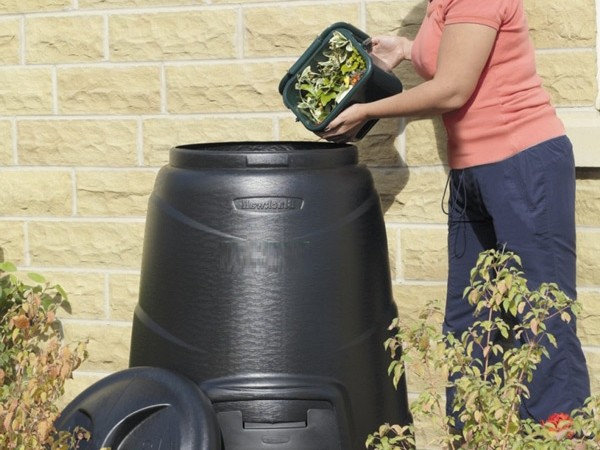15
Feb

My dad is the type of man that does not allow for anything in the house to be thrown away, especially food leftovers, old newspapers and even the shells from peanuts and nuts! The man is a strong believer in recycling and in the fact that everything can be used for something and nothing should go to waste. Holding tightly to that opinion, he managed to create the perfect garden in our backyard; he grows tomatoes and cucumbers and made the most beautiful rose corner in the entire neighbourhood. My mom now gives free rose seeds to her friends who simply can’t understand that the secret to their beauty lies in something else; the soil.
It is common knowledge that if not fed well, soil cannot thrive and cannot support anything that grows on it. Key component here: compost. Quality compost can do wonders for your soil; after all it is its food! You can buy compost, but if you really want to achieve the ‘wow’ effect with your plants like my dad did, you should make it by yourself.
It is quite simple and it does not require much: collect brown materials like fallen tree leaves, vegetable stalks and sawdust, add to that some green matter like garden waste and grass clippings, and do not forget the secret ingredient: any organic leftover like food or shells from peanuts and nuts and even fruit peels can go well here; mix all that up, put it in tumbler compost bins, keep it away from sunlight, make sure there is enough moist in it and you have your magic compost. It is very important to keep the mixture in a dark place, so choosing the right bin is crucial here. Here are a few suggestions on how to pick the right one:
Compost bins are going to be exposed to decomposing organic material and moisture, which means they will be at risk of damage at some point. Also, if exposed to sun, the mixture can easily lose all the moisture, since it is all going to evaporate. That is why you should look for tumbler compost bins that will protect the moisture from sun exposure; meaning, choose a bin in dark colour to absorb the light instead of having it pass through. Think recycled plastic, or if you are going for the more stylish option in wood, make sure the bin is made of rot-resistant material like cedar.
You’d say that it does not really matter what shape the bin is since it is going to be filled with dirt about to decompose. Well, it matters. Round bins do not have corners, and corners are the “cold places”. You cannot reach the dirt in corners with a pitch fork or a mixing tool, therefore, that dirt may differ in composition that the rest of the mixture.
Actually, the formula goes like this: mixture of organic stuff + a dose of moisture + air = perfect compost. So the next important thing about your compost bin is the ventilation, because without oxygen, the bacteria responsible for decomposing the matter cannot thrive. If your bin does not have proper ventilation, your mixture will result in a source of unimaginable reek which you will need to throw away eventually.